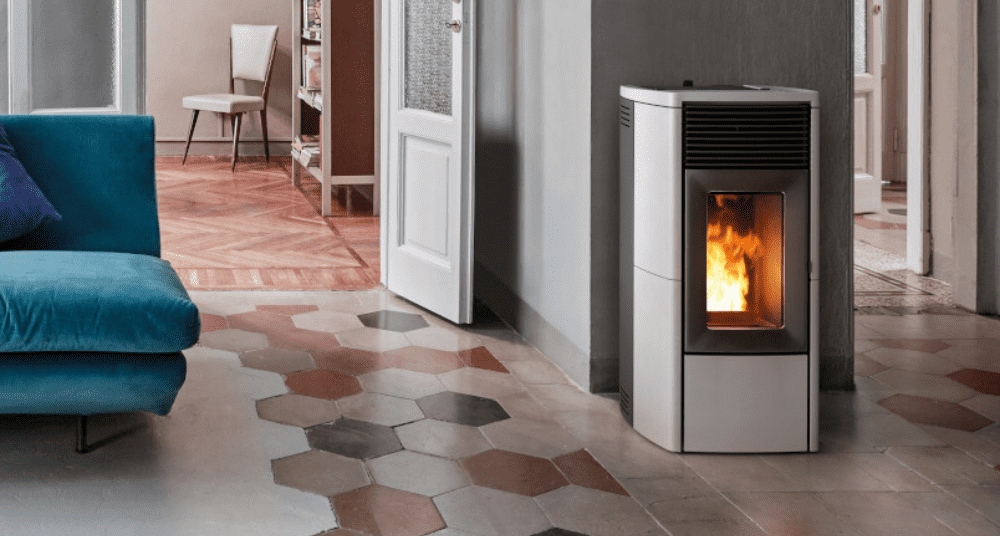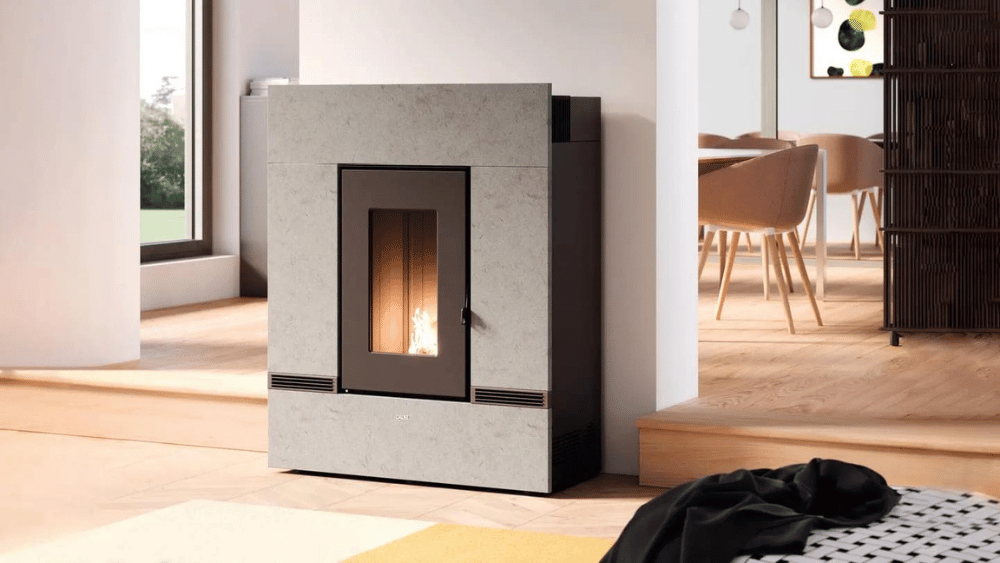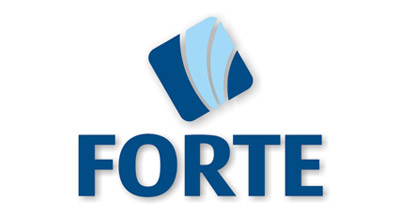Which pellet stove to choose?

Everything you need to know before buying one
With the increasing cost of gas, which represents an increasingly large portion of the budget of families, many are looking for alternative ways to heat their homes. More and more homeowners are considering pellet stoves as a supplementary (or, in some cases, primary) source of heat. A pellet stove is a stove that burns compressed wood pellets or biomass to create a constant and controllable source of heat for the home. Pellet stoves work very differently from traditional wood stoves, as they constantly “feed” pellets from a storage container to a burner area. This means that pellet stoves can precisely control their heat output and also be highly efficient. Some pellet stove models can achieve an efficiency factor of over 90%.
The engines of most pellet stoves obviously require electricity (some models have backup battery units), so the stove should be positioned near a 110-volt outlet. If you live where there is no electricity or power outages are frequent, buy a pellet stove with a buffer battery, a non-electric pellet stove or keep a gas-powered generator handy.
The advantages of pellet combustion
The pellets that burn inside these stoves are actually recycled sawdust, wood chips, corn cobs, nuts and peanuts, and biomass waste, all of which would otherwise be dumped in landfills and instead become energy, reducing our dependence on oil. Once all of these “waste” materials have been collected, they are then ground, compressed, and extruded to become pellets. By searching online, it is easy to find 15 kg bags of stove pellets available starting from 15-20 euros. This can provide several days of heating depending on how long the pellet stove is operated each day. Compared to the cost of electricity or gas, it quickly becomes clear that pellet stoves offer a very convenient way to heat the home.
How exactly does a pellet stove work
As previously mentioned, pellet stove chimney or ventilated stoves work very differently from traditional wood stoves, because they use modern mechanical and electronic components to create a highly efficient and controllable form of domestic heating. Each standard pellet stove works as follows:
Once connected to a power outlet, the pellet stove can be turned on.
Operation begins when the ignition has been started. The pellets that are stored in the storage container are moved into the stove in the combustion chamber, and are moved using a device called a mechanized auger.
As the pellets burn in the combustion chamber (like a real fire), the smoke and resulting fuels will be removed using an extractor.
The exhaust air is moved through the extractor, through a chimney and released into the air outside the house.
This movement of smoke creates a negative pressure, which attracts fresh air into the combustion chamber, thus feeding the fire. Fresh air is drawn into the stove from the living room or from outside through a duct (depending on the model of stove).
The warm air coming from the fire in the combustion chamber exits into the room by convection.
What makes pellet stoves truly special is the fact that all of the processes described above are monitored and executed by a series of temperature and pressure sensors. For example, the mechanized auger will not simply continuously provide wood pellets into the combustion chamber. It will only do so when the sensors tell it that more fuel is needed in the chamber. This means that pellet stoves can operate autonomously (sometimes up to 12 hours at full load) and do not have to be continuously maintained like a classic wood stove.

Difference between ventilated and ducted pellet stove.
The differences between a ducted pellet stove and a ventilated one mainly depend on how the hot air is managed. A ventilated pellet stove is perfect for heating small or medium-sized rooms, with reduced consumption compared to a ducted pellet stove. It does not require any masonry work, except for a simple chimney or an external outlet to discharge the smoke. Instead, ducted pellet stove models have 2 outlets and are able to heat larger spaces and distinct rooms. For this reason, the starting cost is higher and installation work is more complex. In addition, unlike the ventilated pellet stove, it is also able to produce hot water.
Pellet stove prices and brands to consider
As with any appliance, there are many different brands to choose from when it comes to pellet stoves. Some are more renowned than others, so it is ideal to always make sure to purchase one from a trusted brand that has a proven track record of producing high-quality pellet stoves. Cadel and MCZ pellet stoves are manufactured by brands that have decades of experience in building sought-after pellet stoves.
What are the best pellet stoves?
MCZ Musa 12 kw M3 Comfor Air pellet stove.
Musa is an eco-friendly pellet stove made of steel structure, cast iron top and sides, and cast iron burner. 5 star rating in air version with Core technology and hydro version, air and ducted versions with 4 stars, certified ariaPULITA™. Intelligent combustion management through Maestro+ technology. Among the best-selling products of MCZ, this stove is available in Air, Comfort Air® and Hydro Matic versions, all characterized by a wide and natural flame, weekly ash drawer, ceramic spark plug for quick ignition in three minutes.
Cadel 24 Kw series Maya pellet stove.
Cadel hydro pellet stoves are the optimal solution for domestic heating systems, quickly heating the water in the radiators, they are practical and economical and combine functionality with attractive aesthetics. The ventilated Maya pellet stove is designed for small spaces, suitable for use in corridors or passageways, without giving up eco-friendly and economical heating. Available in 16 and 24 kW versions in different color variations.
For any doubts or to request additional information, do not hesitate to contact Grim Network staff by clicking on this link.











